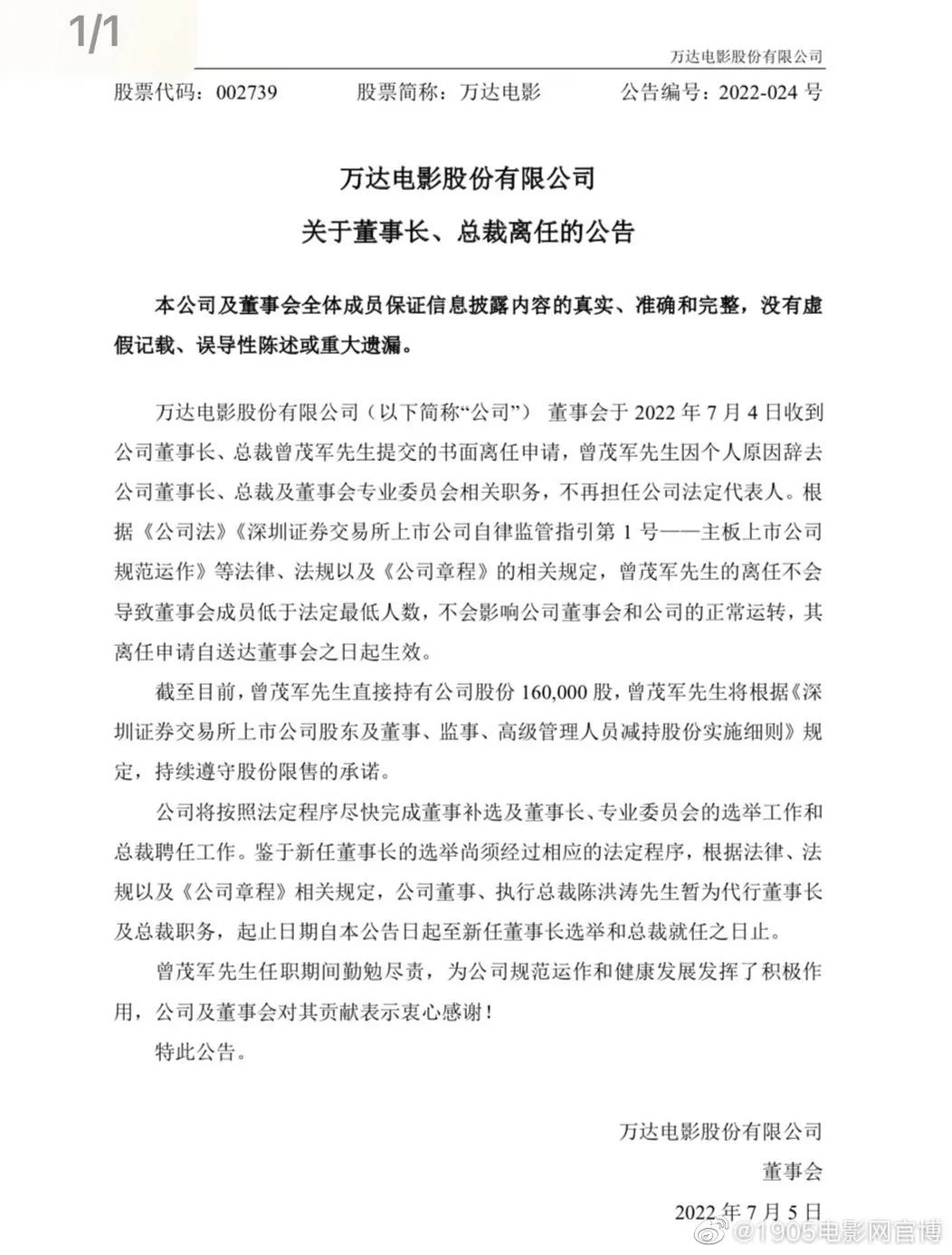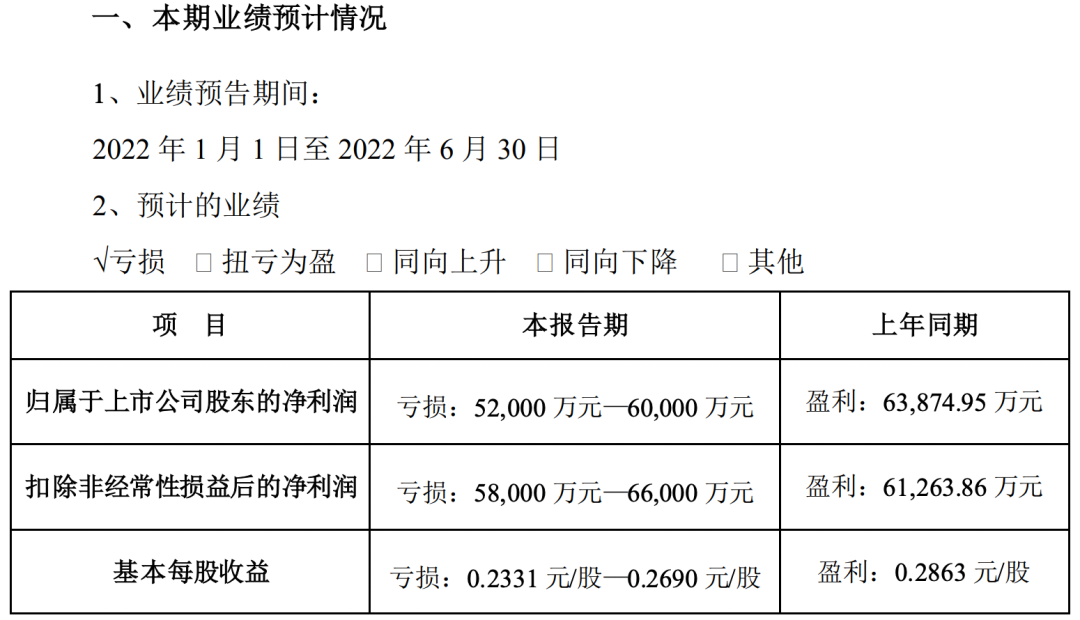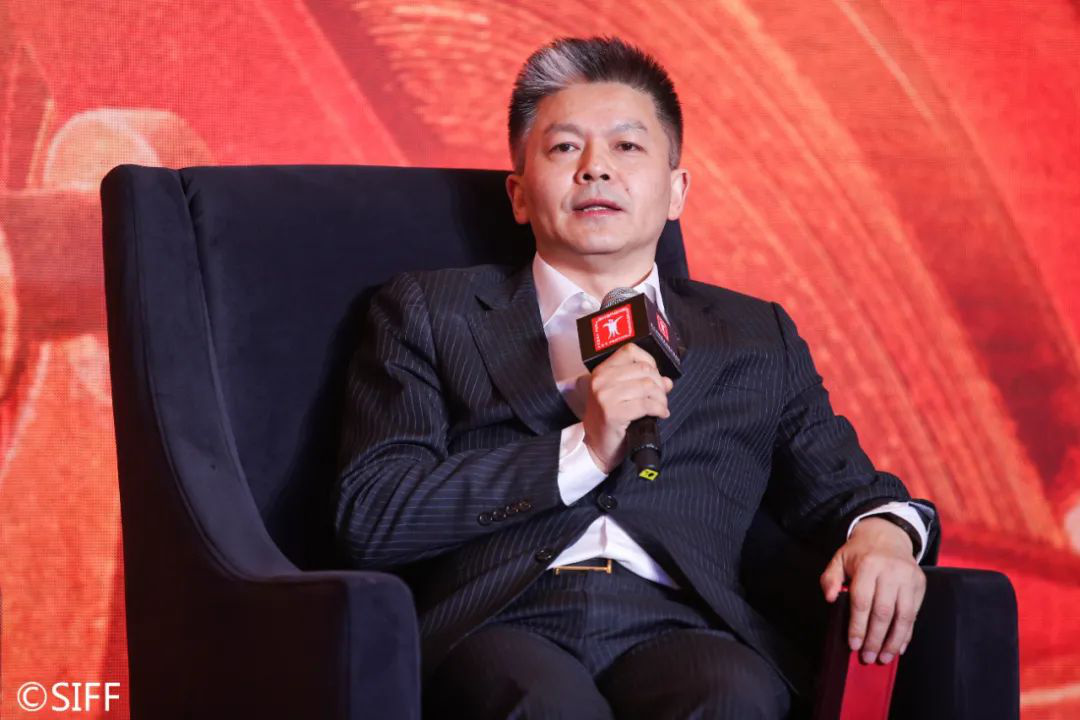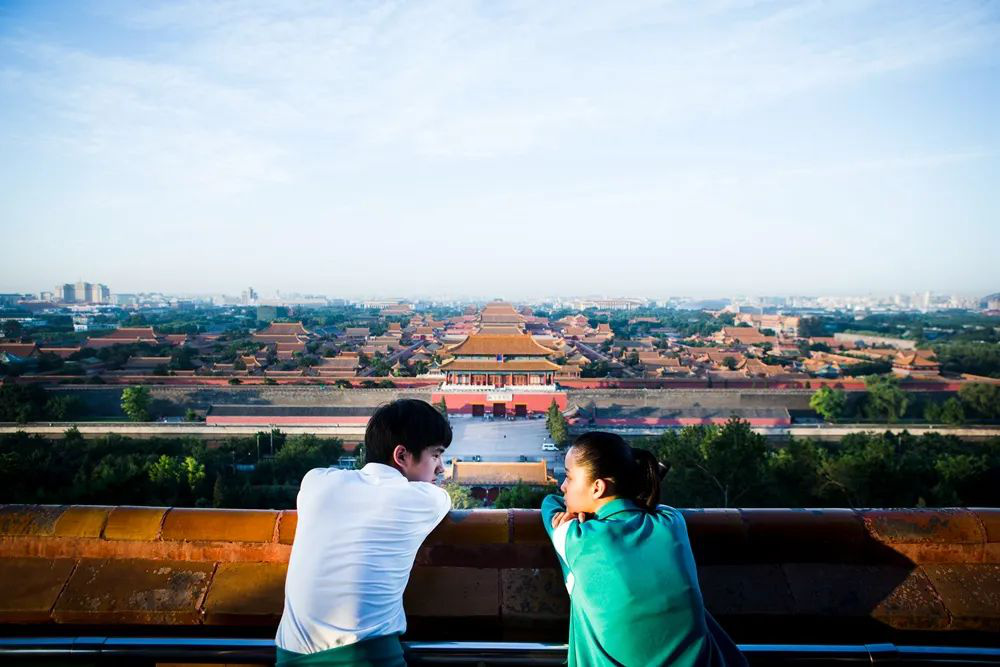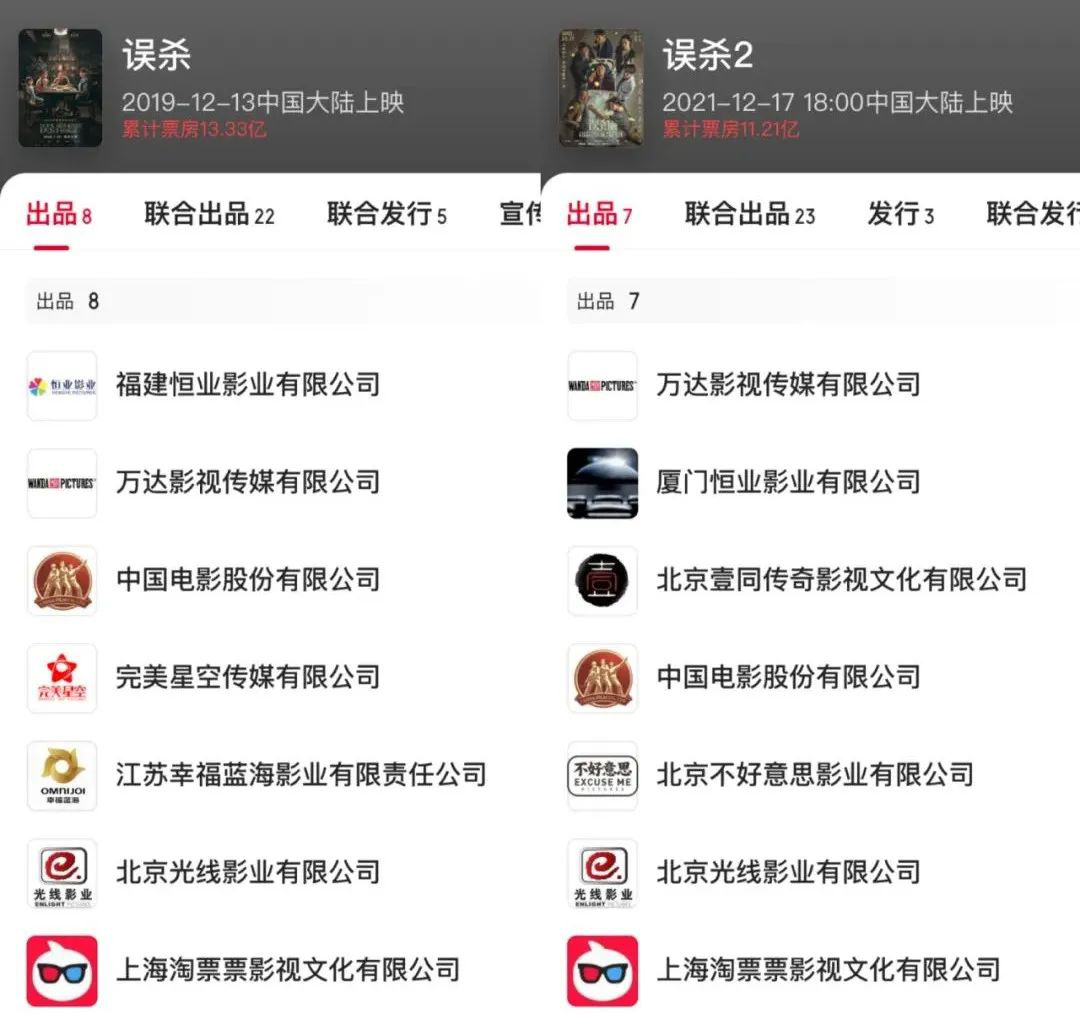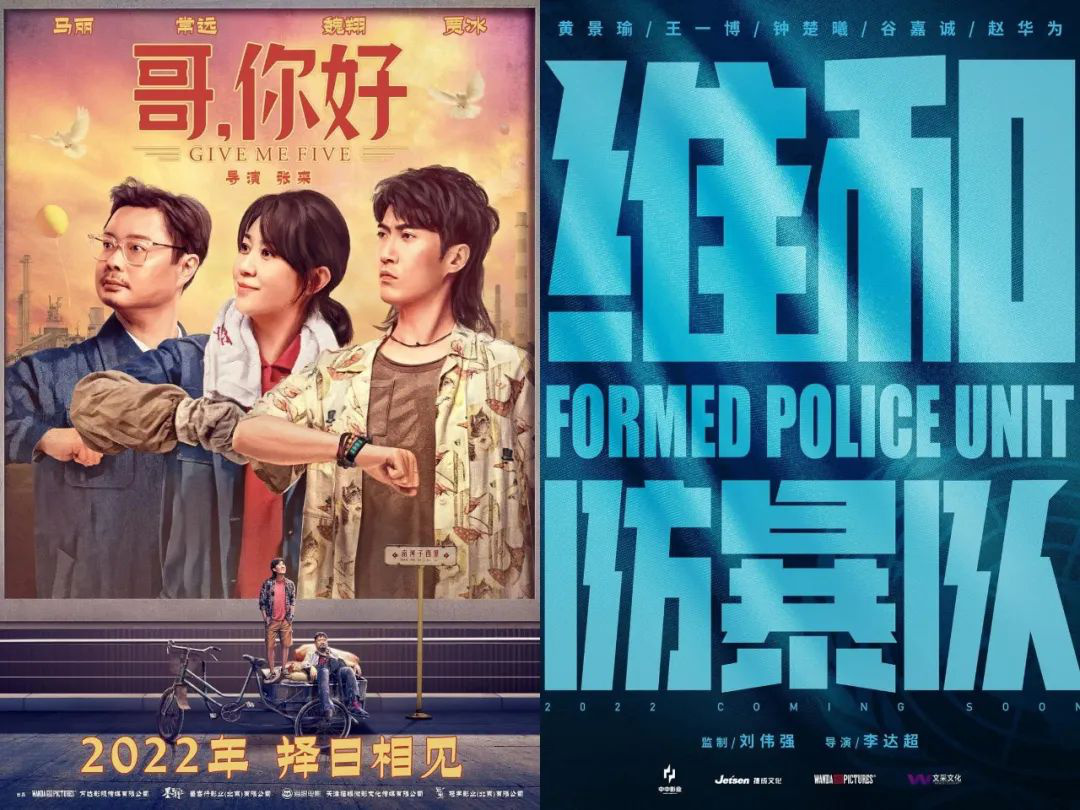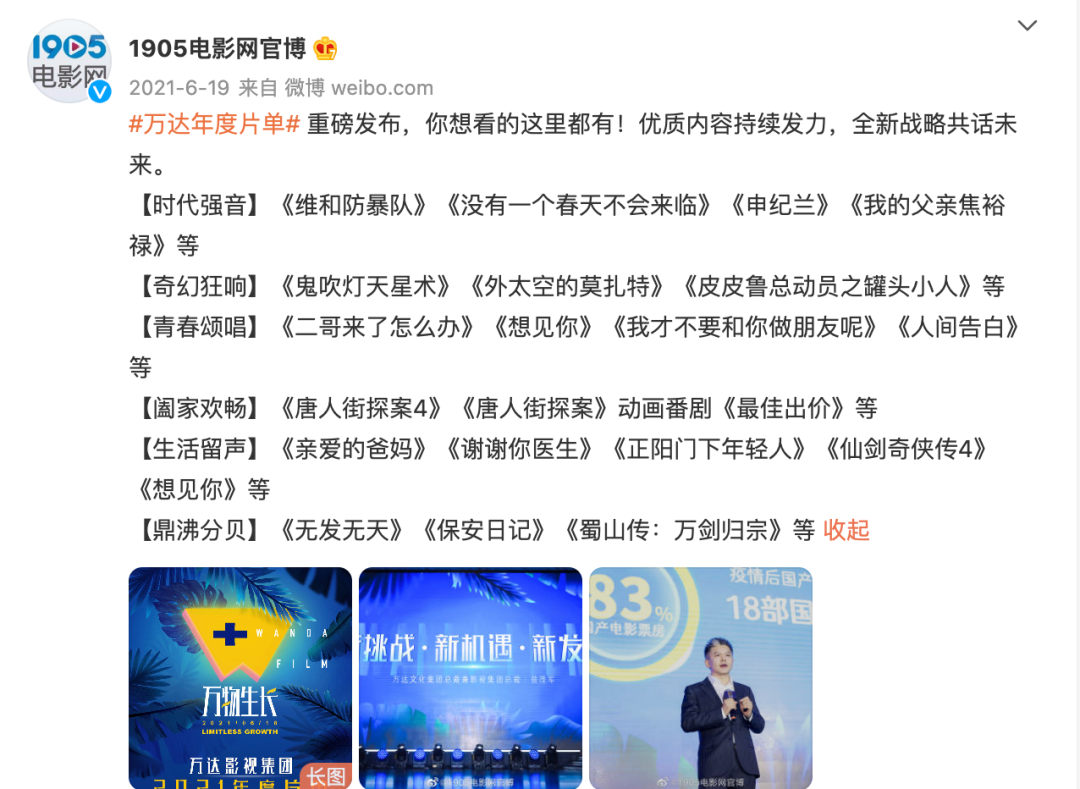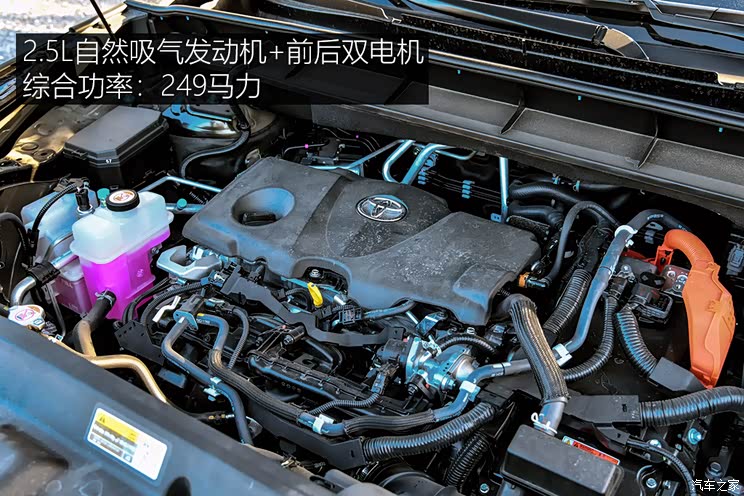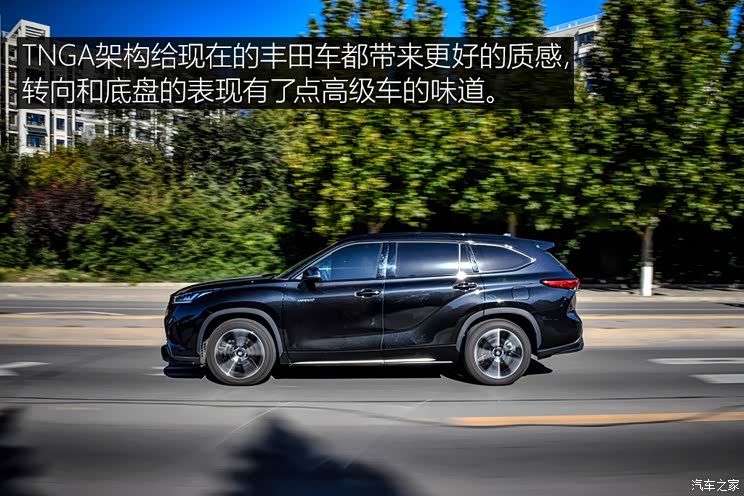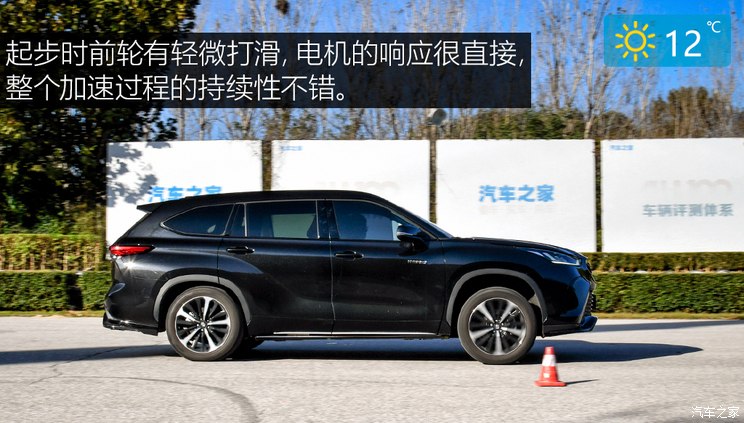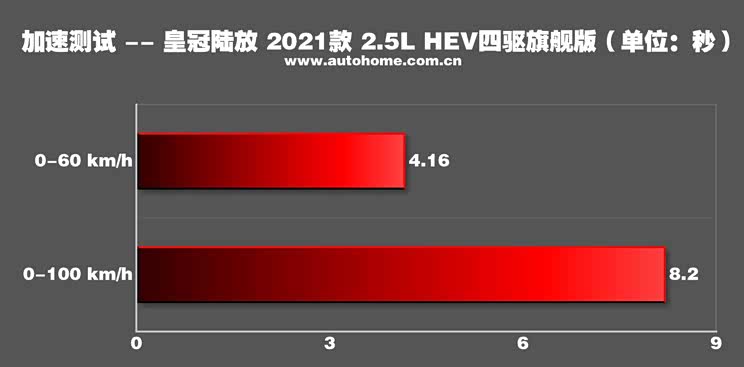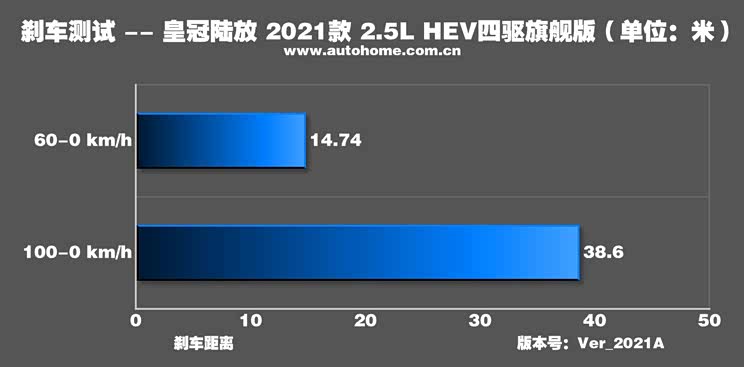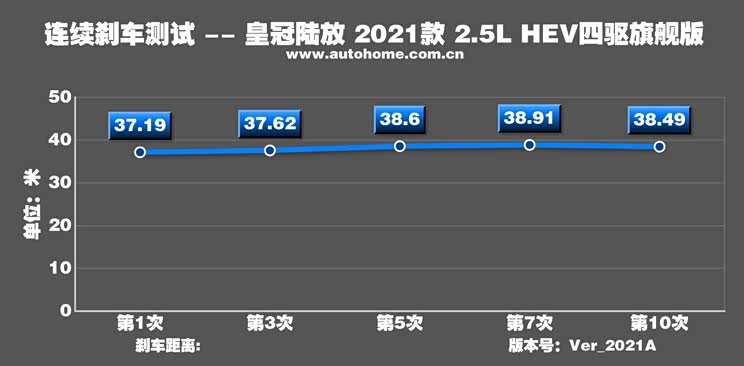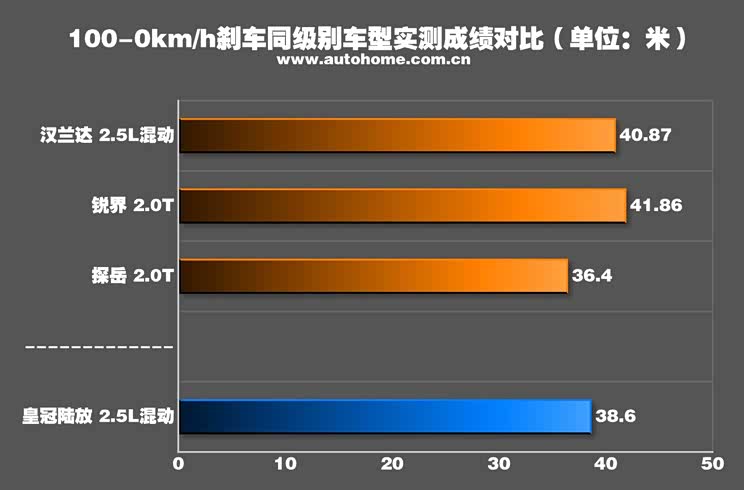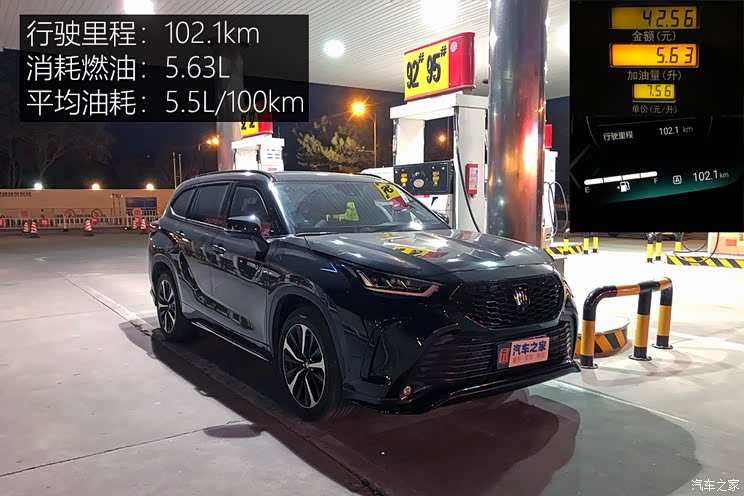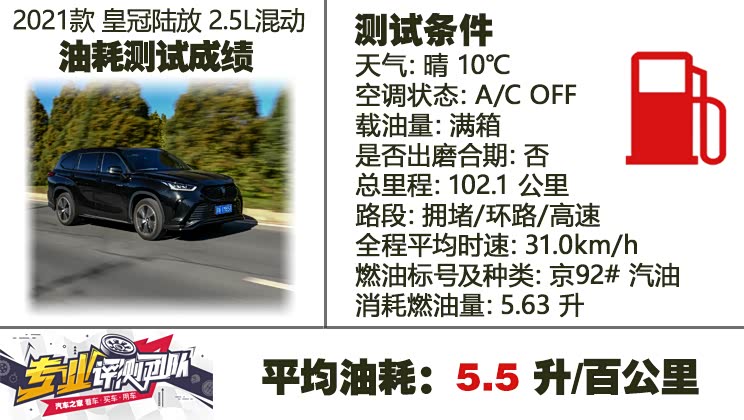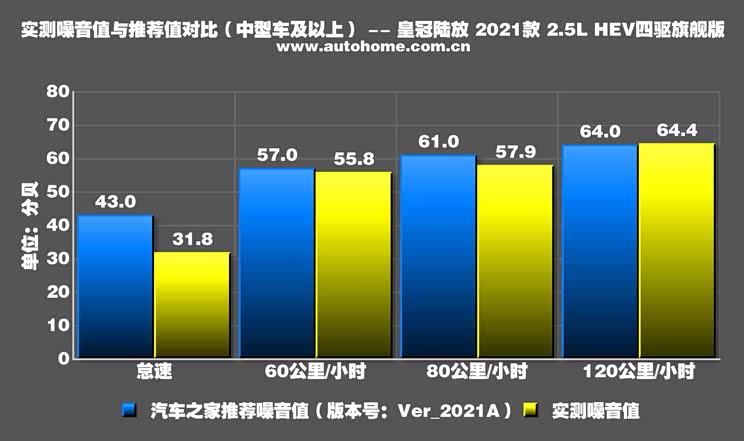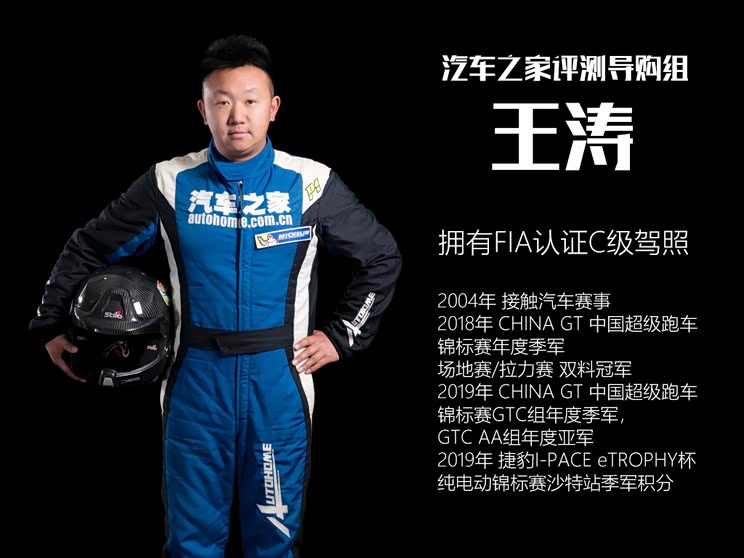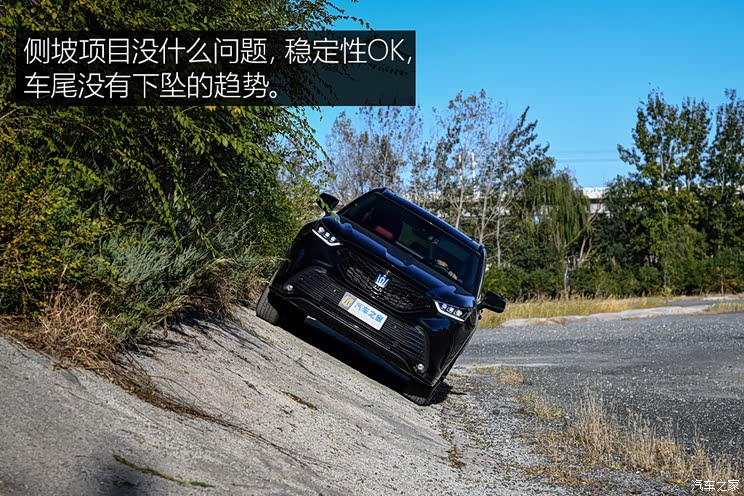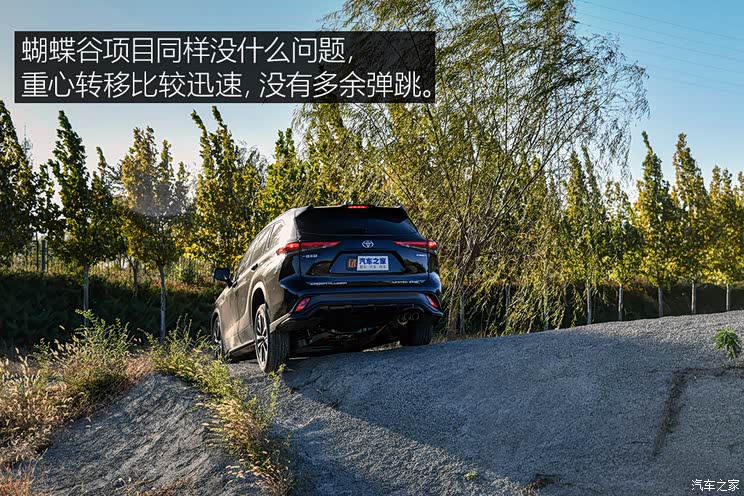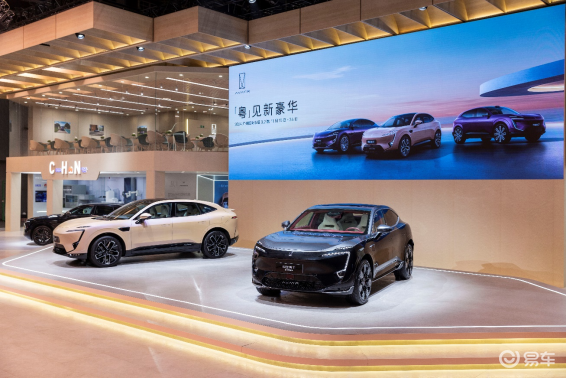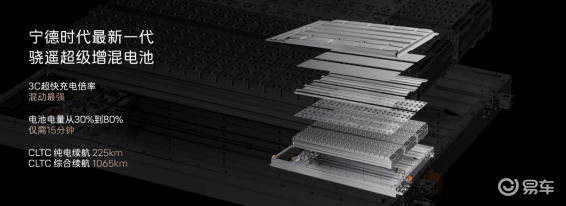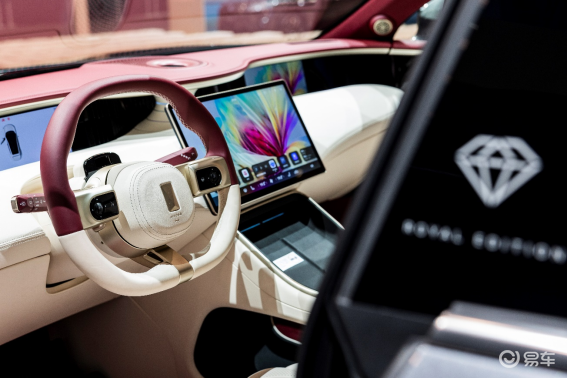Liang Youxiang is at work.
Liang Youxiang made a speech in the completed exhibition hall after the completion of the theme education exhibition of "Strictly administering the Party in an All-round Way". This edition of the picture is provided by the Municipal Commission for Discipline Inspection.
Tianjin North Network News:The length of life is limited, but the width is infinite.
"The length of a person’s life depends on the actual length he pays." This is what Liang Youxiang, deputy director of the Propaganda Department of the Supervision Committee of the Tianjin Municipal Commission for Discipline Inspection, wrote in the work log at the end of 2018, and it is also the value coordinate he has been pursuing.
That year, Liang Youxiang took the leadership position at the level, which was the time when his career set sail, but his blood pressure and heart were out of order. The doctor warned him, "pay attention to rest." The wife is worried, "How can you always work so hard?" He smiled indifferently: "I’m still young. I can handle this little problem if it doesn’t matter." He didn’t tell his colleagues that he didn’t want to delay his work because of this "little thing". In his diary, he wrote: "The organization entrusts itself with such a heavy responsibility that it should repay it with a hundredfold effort …"
In this way, he quietly took the medicine while sticking to his post and working hard. But after all, he failed to resist the attack of illness-on February 19, 2021, the day after the Spring Festival holiday, he had a heart attack and fell to his beloved post, and his life was always fixed at 41 years old.
Now, in the places where he worked and struggled, there are still the marks of his life ──30 work diaries, more than one million words of manuscripts, 7,000 square meters of warning education exhibition hall … These words and objects for which he worked hard record the brilliance of his short life and give people infinite memories.
Plough in the field of words
Leave a meaningful mark
"The treatment of domestic sewage has been strong, the’ toilet revolution’ has achieved remarkable results, and the road project has been steadily advanced … The’ stinking ditch’ has turned into a small garden. This is due to the hard work and demonstration of the cadres sent by the Tianjin Municipal Commission for Discipline Inspection. " This is Liang Youxiang’s long newsletter "Butterfly Change in Difficult Villages", which was published in China Discipline Inspection and Supervision Daily on January 19th, 2021. It tells the story of Tianjin discipline inspection and supervision cadres’ assistance work in villages. Today, this newspaper is still on the side of his desk, but it will never be read by him again.
"Liang Youxiang can always write a bright spot that others can’t find."
"Every material he wrote has bright spots and new ideas."
A solid writing skill was not built in a day. Liang Youxiang has a habit of accompanying him for many years ── every day after work, he takes home the newspapers and magazines of that day and uses all his spare time to study hard. Unlike ordinary people who are afraid when it comes to writing, his reports or drafts always have distinct ideas and can always write something different.
"As a person who has never been exposed to news propaganda, the press release he wrote quickly broke away from the official document and became more and more like the work of a professional journalist." Media reporters and colleagues who have worked with Liang Youxiang commented that he is a diligent person with legs, brains and pen.
One day in October, 2020, Liang Youxiang met his colleague Zhang Mei while eating in the canteen at noon. Liang Youxiang asked her, "When carrying out the special rectification of corruption in the civil air defense system, did you send a proposal for discipline inspection and supervision? What is the effect? " After such a reminder, Zhang Mei remembered that their office had indeed sent two proposals for discipline inspection and supervision in a short period of time, and achieved very good results. In the afternoon, Liang Youxiang appeared in Zhang Mei’s office, and quickly picked out a report. Zhang Mei said, "This manuscript not only accurately introduces our work, but also finds out the highlights. For me, it is a small talk, but he is a man with a heart."
Liang Youxiang is really a man of heart. Even if he chats, he is often thinking about things at work. Zhang Mei recalled that when they met for dinner together in the canteen, eight times out of ten small talk would turn to work. Some colleagues said that when I first met Liang Youxiang, I felt that he was a little "arrogant", didn’t like to talk to people, and even walked past him, as if he didn’t see it. But it took a long time to find out that he didn’t deliberately ignore people, but was thinking about things. Whether eating, fetching water or walking, he seems to be thinking forever. These small talk and thinking have crystallized into a wonderful report. And he also worked tirelessly in the field of words.
On the day he left, after a walk in the afternoon, he went back to his desk to get ready to continue his work. At that time, he was working on drafting a document entitled "Opinions on Clean Tianjin Construction". He attaches great importance to this work and has made sufficient preparations in advance. However, the manuscript has not yet been written, but he has no chance to continue writing.
He once said, "I just want to do more work and leave some meaningful marks in every post I walk through."
Do ordinary things to the extreme
Have the first and never be the second.
Liang Youxiang is a man who never wants to lag behind. Since joining the work in 1999, he has been working in Lihe Management Office of Tianjin Luanhe River Diversion Project. In June 2009, he was seconded to the Integrity and Self-discipline Office of the leading cadres of the Tianjin Municipal Commission for Discipline Inspection at that time, and started the 11-year discipline inspection and supervision work. During these 11 years, he kept 30 work diaries, writing his struggle track and mental journey in the discipline inspection and supervision front. Between the lines, he showed the young man’s thoughts, ideals, dreams, imaginations and thoughts, with a persistent and loyal heart for his career.
In November 2011, Liang Youxiang was appointed as the secretary of the Disciplinary Committee of the Luanhe River Diversion Project Management Office of Tianjin Water Affairs Bureau. In his work log, he described his role as "the head of the soldier will follow the tail", shouldering the responsibility of being both an organizer and an executor, encouraging himself to maintain the mentality of "walking on an abyss" and "walking on thin ice" and the spirit of hard-working and hard-working, and putting all his thoughts into "being a real officer" and all his skills into "being a multi-officer".
In 2014, Liang Youxiang, as an outstanding discipline inspection and supervision cadre at the grassroots level, was transferred to the case supervision and management office of the Tianjin Municipal Commission for Discipline Inspection. On the day he took up his post, he wrote in his work log: We should continue to establish a sense of innovation, be brave in thinking and exploring, and make discoveries and advances through comparison, analysis and research. In order to enter the role as soon as possible, he studied and studied a lot of discipline inspection and supervision regulations. At that time, there were always two stacks of documents on his desk, which were sorted in advance according to the content. Colleague Gao Feng recalled that whenever you encounter a case that you don’t know what to do at the moment, Liang Youxiang is the first thing that comes to mind. Because as long as you can tell the relevant situation of this case, he can immediately tell what the relevant content is in which document was published in which year, and he can quickly pick out the document you need. "This is what we admire most about him. Everyone calls him a’ walking dictionary’." What kind of efforts are there behind this from the first arrival to the thorough study of various institutional regulations?
His wife told reporters, "You Xiang will continue to read books and newspapers after going home every day. His habit is to get a pot of hot water, read newspapers while soaking his feet, cut out good articles when he meets them, or take pictures with his mobile phone. For so many years, he seems to be working and working every day. He also feels indebted to both of us and always wants to make up for it. On my birthday last year, he called me and asked me what gift I wanted. I said, you can go home on time and have dinner with my son, which is the best gift … "
He is dedicated to everything, even some seemingly insignificant things, he should strive for perfection and be harsh to "find fault".
"Give him the manuscript must be cautious and cautious, especially can’t make low-level mistakes. Because from words to data to typesetting, he will pay attention to them one by one. "
"He is very careful and asks everyone what progress they have made in their work. For example, he will suddenly ask me about the total number of people attending the exhibition. If I can’t tell, I will feel at home, which also urges us to do our work in advance. "
"His eyes are just a ruler, which seems to have its own scale. If you give him a piece of material, whether the line spacing is 28 pounds or 30 pounds, he can see such a subtle difference at a glance."
If a thing can achieve 100 points, it will never stop at 99 points-this is the personal experience of colleagues who have worked with Liang Youxiang.
When Liang Youxiang was transferred to the Propaganda Department of the Municipal Commission for Discipline Inspection, he was responsible for the upgrading and revision of official website, which was undoubtedly a brand-new challenge for him. "At that time, I went to his office, and the whole wall was covered with color printouts of the home page and inner page of the discipline inspection and supervision websites all over the country." Liang Youxiang’s colleagues recalled that there were more and more annotations on those web pages, from layout design to color matching to content, and he would tick off the parts that could be referenced and share them with colleagues at any time.
Seize the day, roll up your sleeves and work hard-he revealed his heart when discussing work with his colleagues: "If you work, you must strive for the first place. If you have the first place, you must never be the second!" It is this tenacity that makes him always do every job he undertakes to the extreme. In 2019, he was awarded a personal second-class merit by the Municipal Commission for Discipline Inspection.
Leave the task to him.
Self-motivated hoof without whipping
He has been working for 22 years, and his time in the office far exceeds that at home. In fact, the office is his "home". In the top corner of his office cabinet, there is a small quilt, a sponge pillow, a plastic washbasin and a mouthwash cup. This set of "possessions" that have accompanied him for many years carries the things he worked hard for before his death.
In 2014, after receiving an urgent task, it is necessary to make a concrete analysis of the case-prone areas in the city. This work involves analysis reports in 14 fields and requires a week to complete. No one is sure to finish such a difficult task in a week. At that time, the director of the room asked Liang Youxiang and another colleague: "14 fields, 14 analysis reports, plus a main report, can you two finish it within one week?" Liang Youxiang was full of confidence and immediately said: "Ensure to complete the task on time."
Colleagues recalled: that week, Liang Youxiang was "long" in the office. When he was hungry, he made a box of instant noodles, and when he was sleepy, he squatted on the sofa for a while. A week later, 15 high-quality reports were drafted. The report makes an in-depth analysis of the frequent cases of violation of discipline and law, and puts forward preventive measures and a number of suggestions for handling cases. This group of reports was highly affirmed by the leaders.
Liang Youxiang is not tall, with a slightly fat body and a slightly bigger head. Friends make fun of him and call him "Liang Big Head". He was in no hurry, and always replied with a smile, "A big head can hold things and has many benefits." The director praised him: "You really have dry goods in your big head!"
Home is the office, and the office is home. For Liang Youxiang, it has become accustomed to it. Still in 2014, as a project liaison, Liang Youxiang was responsible for writing a daily special report, summarizing the situation during the day, drafting a special report at night, and submitting it before 8 am the next day. The work lasted for 45 days, and he lived in the office for 45 days. At that time, there was no dinner in the office canteen, and there was a beef noodle restaurant near the unit. In order to save time, he went to eat noodles for dinner every day. In 45 days, 45 comprehensive briefings and a bowl of noodles, he ate noodles with more than 1000 yuan in more than a month.
Liang Youxiang’s mother recalled: I went to Tianjin from my hometown Changli to help him look after the children that year, so I didn’t see him these days, and I was worried. I heard that celery juice can lower blood pressure, so one day I squeezed a big lunch box and sent it to him by celery juice, and I met him at the gate of the unit. He distressed me and said, mom, don’t worry, I’m fine. I’ll go home to accompany you when the work is finished … For so many years, his time with me has not been a whole day, but I don’t blame him. He is a party member, so he should devote himself to working for the party, right?
Liang Youxiang’s mother is an old party member with 52 years’ party experience. Recalling his son’s death, the old man wiped his tears and sighed: I just thought, it is not easy to organize and train him for many years. Seeing that he has matured, made progress and can do more things, he has left, and my heart hurts.
There is a table on his desk, which is his "record table" of taking medicine every day. Just tick the corresponding table when taking a medicine. "I asked him, why do you still draw a table when you take medicine? He talks too much, always forgets to take medicine, and once or twice he takes the wrong medicine. If it doesn’t work like this, I made a table to help me remember it. " Liang Youxiang’s colleagues recalled.
Now, this form is still under the keyboard of his office computer. The last set of "hooks" on the form is fixed at noon on February 19th.
"You don’t have to whip yourself, you don’t have to make a fuss, you don’t have to work hard, and you can rest assured that you will finish it on time." This is a sketch of him by his colleagues. There is such a passage in his work diary: "Grateful organization, do a line, love a line, drill a line, and refine a line, and turn gratitude into passion and motivation for work." Pursuing the imprint of his life and exploring the motivation of his struggle and dedication, everything seems to have an answer.
Dare to face each other
If you don’t believe in the breeze, you can’t call it back.
Liang Youxiang often feels that he is happy and honored to work in the discipline inspection and supervision organs and join this great struggle when he starts a new process of comprehensively and strictly administering the party. To the forefront of the anti-corruption struggle, it has always been his wish to face the corrupt elements.
In 2016, the anti-corruption struggle in Tianjin is just the time to climb the hill, and the task of destocking is arduous and arduous. This year, Liang Youxiang was transferred to the Seventh Discipline Inspection and Supervision Office of the Municipal Commission for Discipline Inspection. Considering his good writing skills and his children were about to take the junior high school exam, the room arranged him to take charge of the internal affairs. He said to the director of the room, "since I’m here, how can I sit still without working?" In this way, I can take care of both inside and outside, and I must be involved in investigating cases. "
In December of this year, according to the clues of the patrol feedback, a city management cadre in Jizhou District should be investigated and investigated. Liang Youxiang volunteered to join the task force. Jizhou District is the farthest agricultural area from downtown Tianjin. The subject of this investigation is a local "celebrity", who has worked in villages and towns for a long time and has a deep-rooted network. Liang Youxiang suggested that this case should be investigated from the periphery first, and then the "encirclement circle" should be narrowed from the outside to the inside. According to this idea, Liang Youxiang and his colleagues listed the places where the respondents had worked in a table, sorted out their network, cut through the network, and checked and collected evidence one by one. In a month, they ran to more than a dozen towns and villages, talked with more than 100 people to understand the situation and obtained a lot of evidence. When it came to the internal audit, he took the initiative to request to participate in the review talk and face-to-face confrontation with the respondents. The subject of the investigation was an "old slick", who watched such a young man "challenge" himself and refused to cooperate with the investigation.
Liang Youxiang was very calm and told him: "I came to examine your question on behalf of the party organization. I won’t invite you here without enough evidence." This well-organized, non-angry, self-defeating discourse is full of power. He put the evidence obtained from the investigation one by one in front of the other party, and the time, place and parties were clear. After several rounds, the defense line of this investigation object collapsed and truthfully explained the problem.
In the work log, Liang Youxiang described his feelings at that time: it is a compulsory course for discipline inspection cadres to dare to fight, be good at fighting and grow their talents in the struggle. Officials who violate discipline and law always think that their roots are deep and their backstage is hard. When they start to confront each other, they will always be dissatisfied. They should know that our background is bigger and harder, that is, the party and the people, which is the root of righteousness that can overwhelm any corrupt elements.
This is the first project that Liang Youxiang participated in. His newborn calf is not afraid of the tiger’s energy, which left a deep impression on his colleagues. However, he was not satisfied with closing the case, but habitually asked himself: What other lessons can be summarized? Recalling the investigation process of the case, he found that the period of violation of discipline and law by the investigated subjects almost ran through the whole process of politics, which was a typical "promotion with illness". Reminiscent of some cases that he had contacted while working in the case supervision and management office before, he felt that this situation was not uncommon. Can a system be established to plug such loopholes? He thought of the "clean government archives" and put forward the suggestion of "reorganizing the political resumes of the municipal management cadres in Jizhou District and creating the clean government archives of leading cadres".
"That’s a good idea! Start with the contact unit responsible for our room. " At that time, the director of the office recalled that the practice of clean government archives embodied an innovative thinking and provided first-hand information for supervision and discipline. After the pilot improvement, good results have been achieved. Liang Youxiang worked hard for this.
In the construction of a clean and honest party style and the struggle against corruption, successfully investigating a case is like winning a battle. Discipline inspection and supervision cadres should not only be brave and good at fighting, but also be good at "cleaning up the battlefield" and "post-war reconstruction". It is necessary to promote the second half of the article on investigating and handling cases from "separation from handling cases" to "integration", constantly change the simple thinking of handling cases to "treating both the symptoms and the root causes", promote education, reform and construction by cases, learn from positive and negative examples, carry out in-depth warning education for party member cadres, build a strong ideological defense line, plug regulatory loopholes, and effectively play a fundamental role in investigating and handling cases. This is the original intention of "promoting three cases", and it is also a work vigorously promoted by the Tianjin Municipal Party Committee and the Municipal Commission for Discipline Inspection. Liang Youxiang took an active part in this work. Liang Youxiang is responsible for the script writing of warning education feature films such as "Clear the fog and set sail again" and "Calibrate the scale of acting" filmed in the past two years.
Someone once asked him: "Investigating and handling cases is the main business, and there is a lot of room for improvement. You went to the propaganda department and deviated from the main business. "
He replied with a smile: "You are so confused about this idea. A game of chess played by all departments revolves around the main responsibility of strictly administering the party in an all-round way. Now, emphasis is placed on doing the second half of the article well, establishing an institutionalized and normalized mechanism for warning education, and "promoting by three cases" to realize that we dare not rot, can’t rot, and don’t want to rot. Propaganda work is the work of shaping the soul and curing the root cause. Do you think publicity work is important? Is it the main business? "
He believes that perfecting the system and reconstructing the soul is a long-term and arduous task and a goal that must be achieved. He firmly believes that blowing out the yellow sand begins with gold, and does not believe that the breeze can’t bring it back. The clean and honest wind of Haiyan River will surely become a grand view. "For this, I love, I give, I am happy." He said.
Participate in the preparation of the theme exhibition
Make the impossible possible.
In October 2018, Liang Youxiang also served as the director of the Municipal Warning Education Center. At that time, the "comprehensive and strict administration of the party’s theme education exhibition" had completed the preliminary design planning and needed a person to coordinate the project construction. Liang Youxiang accepted the challenge. In this way, Liang Youxiang’s identity has changed again. He is not only responsible for construction supervision and team management, but also signing contracts and agreements with various partners as a legal representative.
It’s definitely a bold decision to let someone who has never done any engineering or exhibition take charge of this work. It is incredible to complete the exhibition construction of 7000 square meters exhibition hall in the stipulated 45 days. However, Liang Youxiang turned what most people thought impossible into possible, successfully completed all the work and ensured the exhibition hall to be carried out as scheduled. One of the tricks is his work style of "taking the lead, demonstrating and shouldering heavy burdens".
"I saw him for the first time, wearing a helmet, covered with dirt, masks, faces and eyebrows, and his speech was full of Tangshan flavor. I thought he was a’ contractor’." This is my colleague Gao Hewei’s first impression of Liang Youxiang when he first arrived at the city warning education center. In fact, this is not her feeling alone. At that time, many people thought that Liang Youxiang was a "contractor". During that time, he came at the earliest and left at the latest every day, and spent the longest time in the construction site. On the "WeChat Movement", he counted the most steps.
"Everyone thinks this is an impossible task, and I still feel incredible until I finished the whole project with Minister Liang. This intensity and difficulty exceed all the projects I have done. " Shen Jie, the general project supervisor of Tianjin Complete Equipment Engineering Supervision Co., Ltd., recalled the scene at that time and still felt, "I never thought that an exhibition hall with an exhibition area of 7,000 square meters could be completed within 45 days. But Minister Liang is full of confidence. This confidence is based on his work style, and his attitude determines everything. "
At the beginning of the project, Liang Youxiang worked in a temporary place made of several containers. Every evening, he must appear at the construction site on time and have a meeting on the spot. Sort out the problems encountered in the construction, predict the next problems, solve the problems that can be solved on the same day, write them in the Work Log, and solve them the next day.
"Work items on January 3, 2019: Draft and formulate the emergency plan for the construction exhibition project, adjust the materials of the exhibition board according to the opinions of experts after reviewing the model wall, and revise and improve the marking and guiding scheme …"
"Work items on January 9, 2019: Site survey of marking and guiding scheme, confirmation of construction materials, sample sealing, re-inspection, and concealment acceptance after the completion of the main skeleton …"
"This is a part of the Work Log that I kept, which was written and printed by Minister Liang that year." Colleague Liu Shaowei still keeps a thick stack of Work Logs printed at that time, which records in detail the tasks that need to be followed up every day during the construction of the exhibition hall, and who is responsible for each task. "Minister Liang has to work overtime every day to sort out these task lists and urge them to be put in place."
Despite the tight time and heavy tasks, Liang Youxiang’s requirement of "building a national first-class exhibition hall with high standards" has not been reduced at all. When fixing the exhibition wall during construction, he found that touching the wall would cause shaking. He called everyone to a meeting to study and came up with a method of "rooting"-digging a section of the ground, laying steel plates and screwing expansion screws. Compared with the traditional method of directly fixing the exhibition wall with screws, the stress area of the screws is larger and the safety is more guaranteed. He found that the floor glue laid by the construction party of the exhibition was not in conformity with the contract documents, and the online inquiry found that the prices of the two brands were not much different, but the quality was different, so he found the construction party and asked to implement it according to the brand stipulated in the contract. "The contract is a contract, a legal document, and thousands of square meters of floor glue, which is not sloppy. You should contact the procurement quickly." Under his urging, the construction party contacted the procurement in time to transport the floor glue to Tianjin before the Spring Festival holiday. The floor glue was transported to the construction site, and he worked with the workers shoulder to shoulder, laying the floor glue, and cleaning it up until late at night.
On the 27th of New Year’s Day, many workers have returned home, but the three-dimensional characters on the exhibition board have not been pasted. There are more than 20,000 three-dimensional characters, and the number of strokes and radicals to be pasted is three or four times that. Liang Youxiang stuck with everyone all night. "I always remember that picture-a scaffold more than two meters high, and he sat on it half-way, holding parts with three-dimensional strokes and sticking them one by one." Liu Shaowei said, "Everyone is watching us work together and sweat together. He really works too hard."
The dust and pungent smell on the construction site and such high-intensity work made Liang Youxiang unable to hold on. During that time, he was always sweating profusely. More than one colleague said that several times in the middle of the meeting, his blood pressure was high and he couldn’t stay up, so he quickly took medicine and then continued the meeting …
Thanks to the joint efforts of Liang Youxiang and the comrades of the preparatory office, the opening work of the Municipal Warning Education Center, "Always on the Road-the theme education exhibition of strictly administering the party in an all-round way", was completed as scheduled, and the construction safety was ensured with zero accidents, and the project quality was up to standard. Since its official opening in February 2019, the pavilion has received more than 1,700 audiences and more than 85,000 people. Nowadays, there are an endless stream of visitors in the exhibition hall every day. They come from all over the city and even all over the country, where they are baptized and cleansed. People are amazed at the ingenuity of the exhibition hall, but they don’t know that every piece of floor glue they step on, every picture and every word they look at is full of the painstaking efforts of a young discipline inspection and supervision cadre, bearing his sincere wish of "Haiyan Heqing".
Reporter’s notes
Reading every word and sentence left by Liang Youxiang and pursuing his early death, there is a voice asking: what kind of life mark should a person leave in his life?
Many people pursue the length of life, while Liang Youxiang pursues the width, depth and height of life. During his short life, he changed many positions. He regarded the change of each role as a challenge, and he always managed to get through the barriers, handed over satisfactory answers and lived a "no-self" realm. Therefore, people miss him and admire him. Many people are engaged in ordinary work, and those who can devote themselves to ordinary work deserve this respect.
On March 30, 2021, the Tianjin Municipal Committee made a decision to posthumously award Liang Youxiang the titles of "Excellent Communist party member in Tianjin" and "Civil Servant Satisfied by the People" in Tianjin, and called on party member cadres in the city to learn from him.
"The chest is full of lofty sentiments, and the wind is fighting corruption. Biography of discipline inspection and supervision. Haitang River is clear, and the good news wins the wreath. " -This is the poem he wrote and his wish. Today, we use this poem to pay homage to him and comfort him ── You Xiang, your wish will be fulfilled by us, and when Haiyan River is clear, we will report a bunch of flowers as a wreath! (Tianjin Haihe Media Center and China Discipline Inspection and Supervision News Tianjin reporter station jointly wrote by reporter Yang Shouqing, Chen Xin and Tian Ying)





